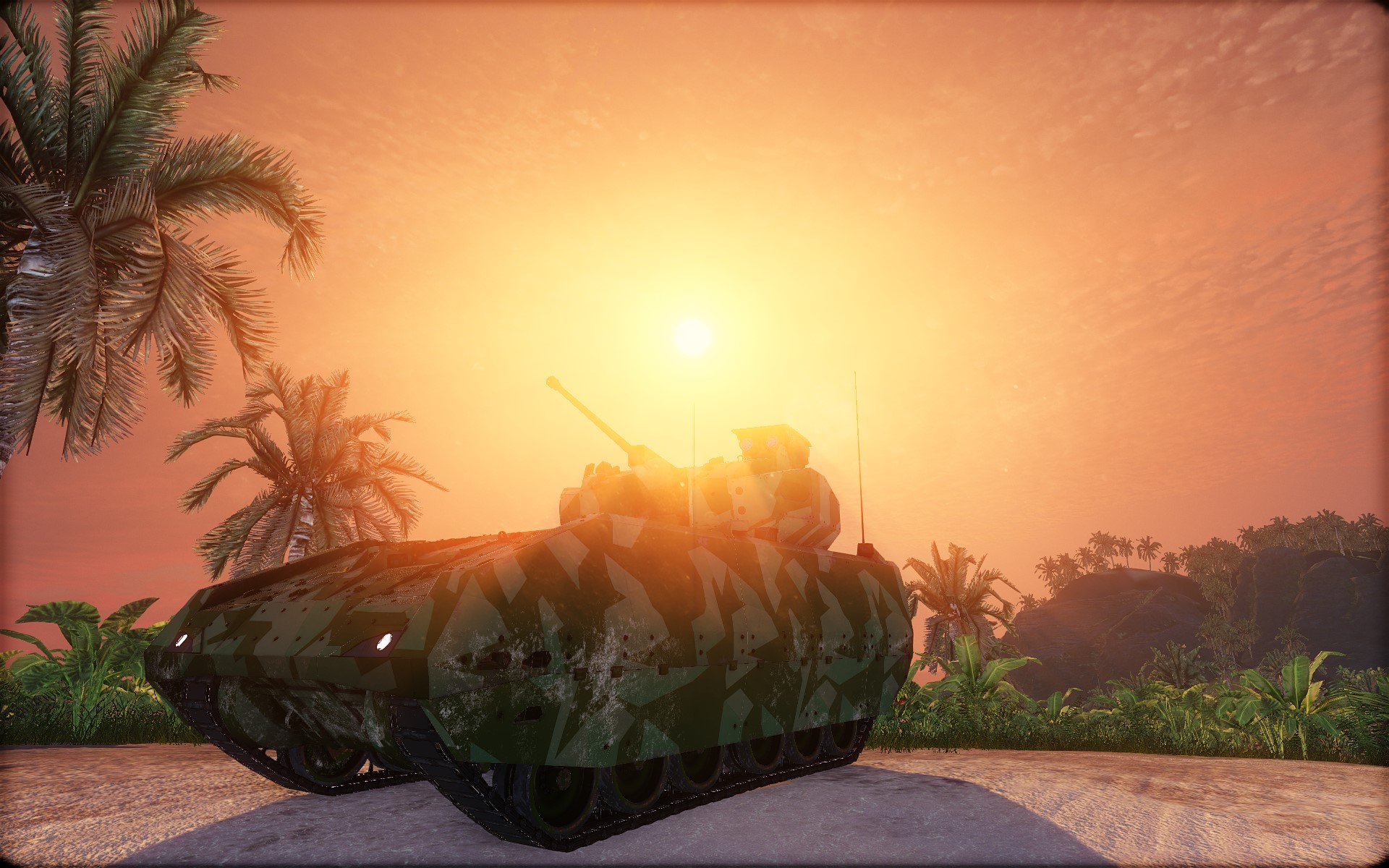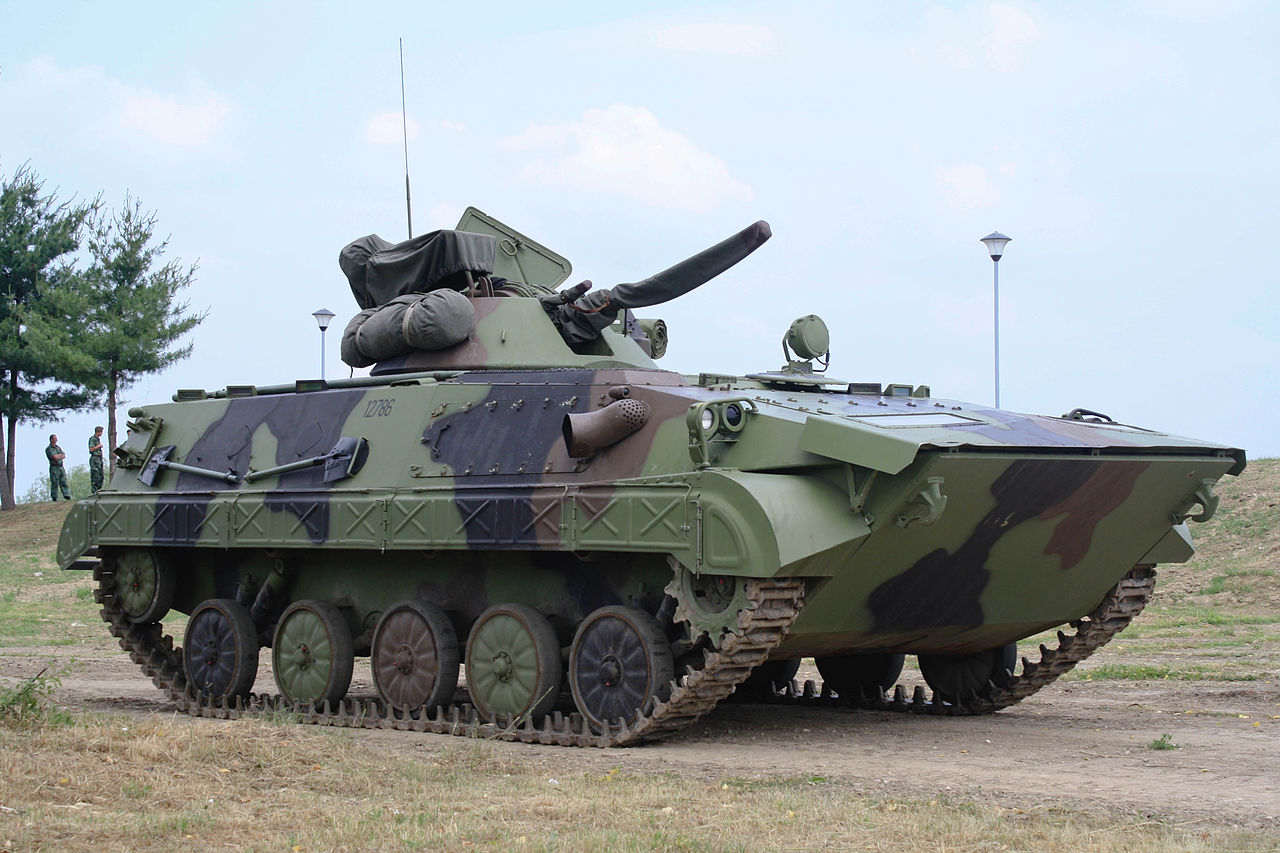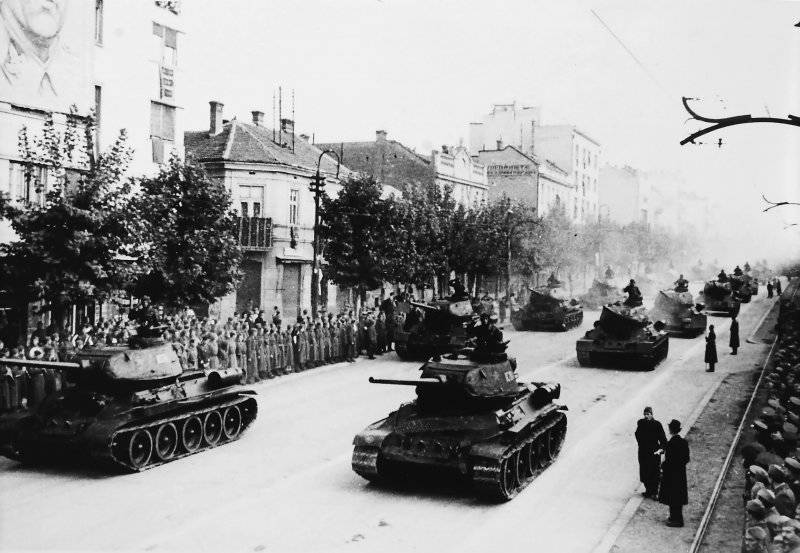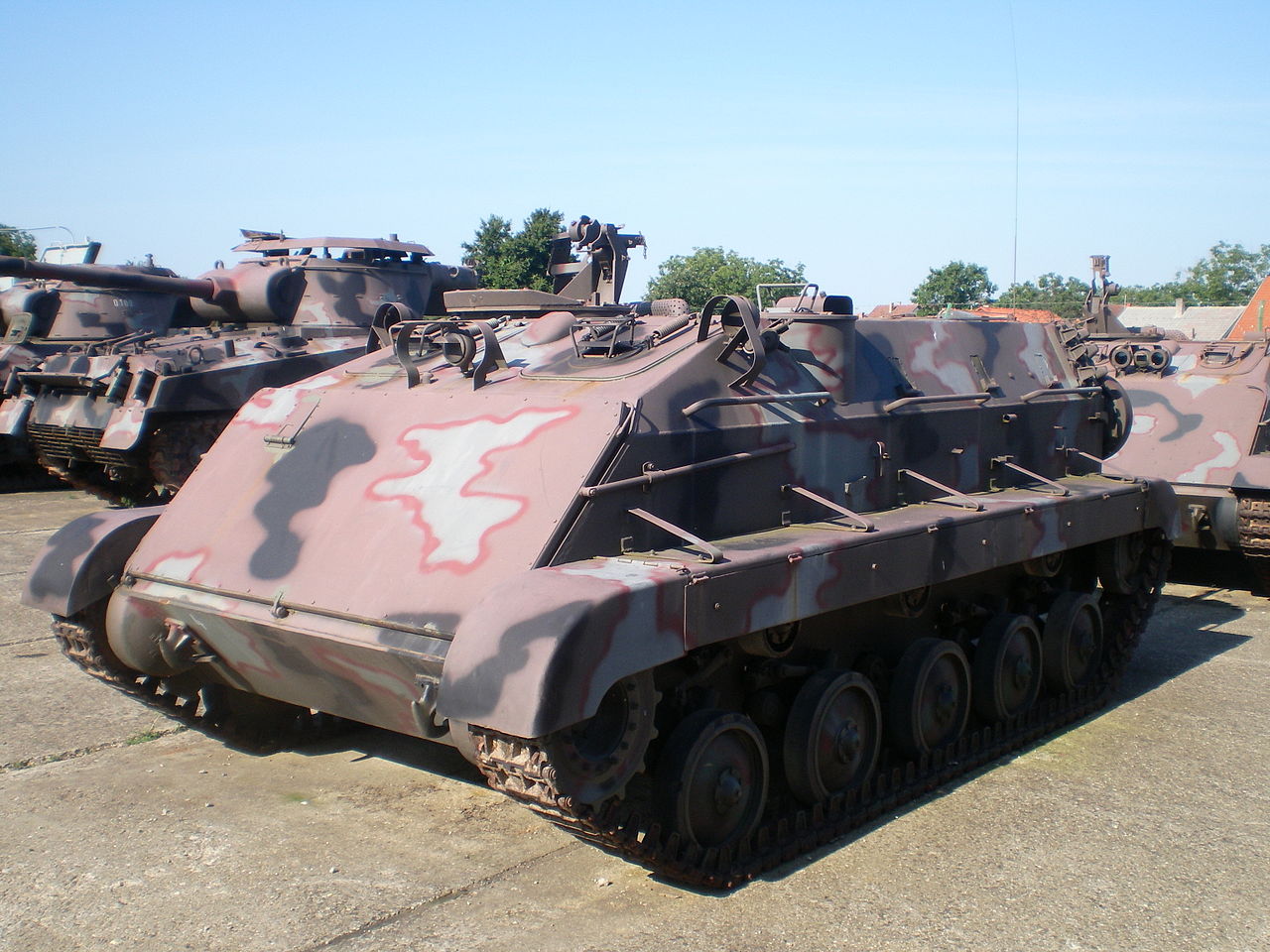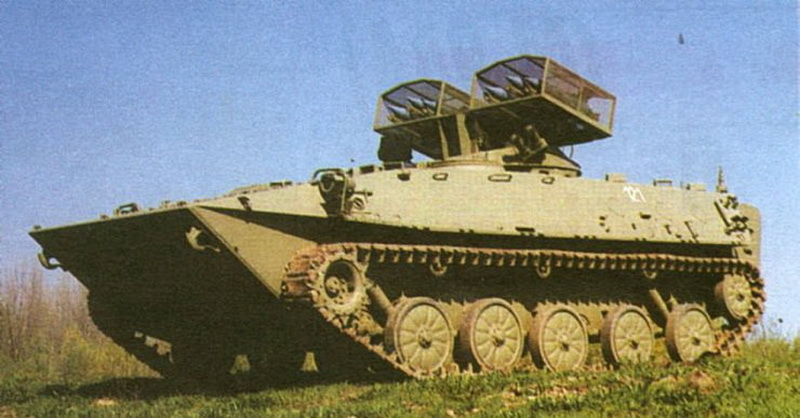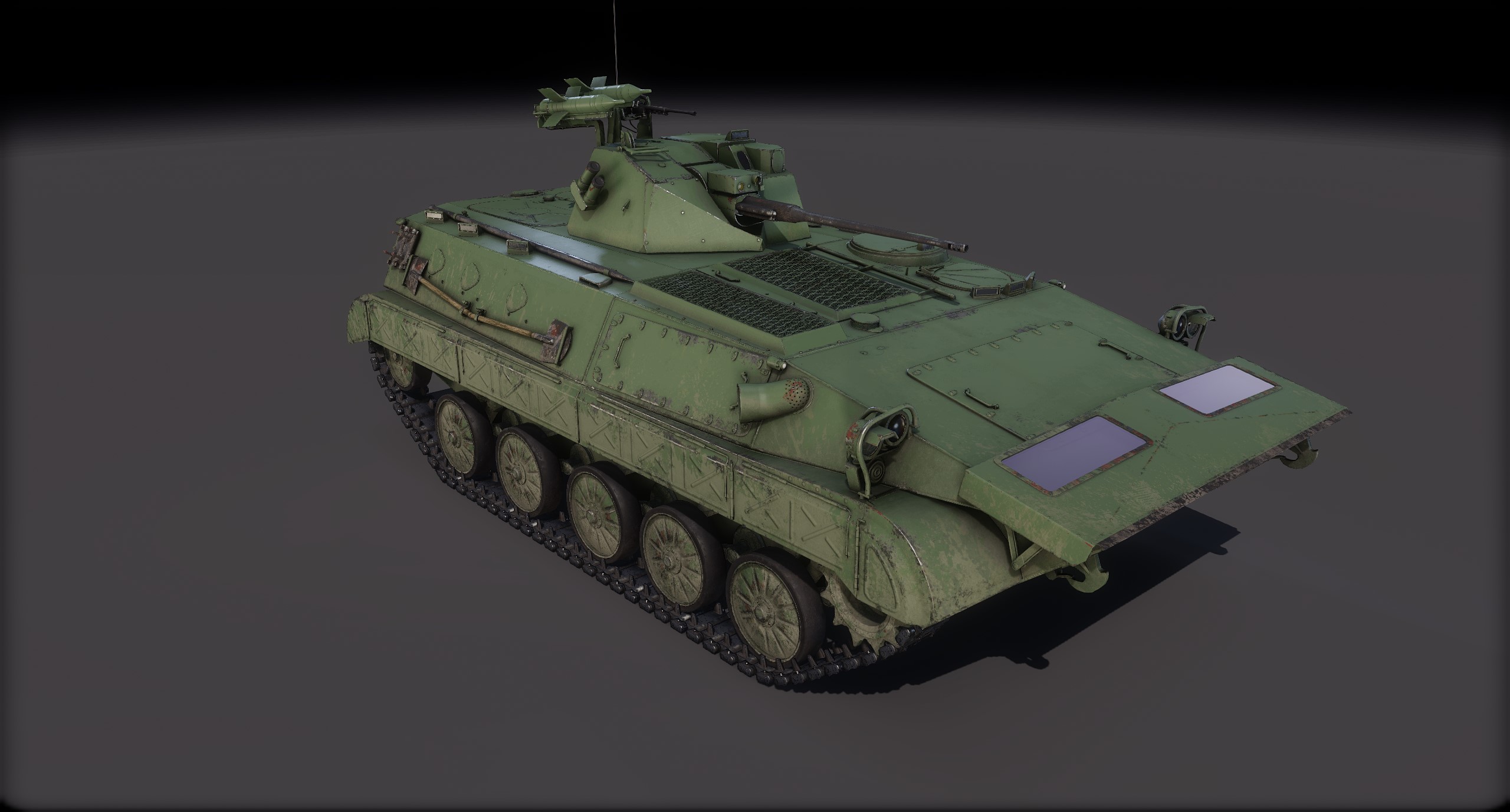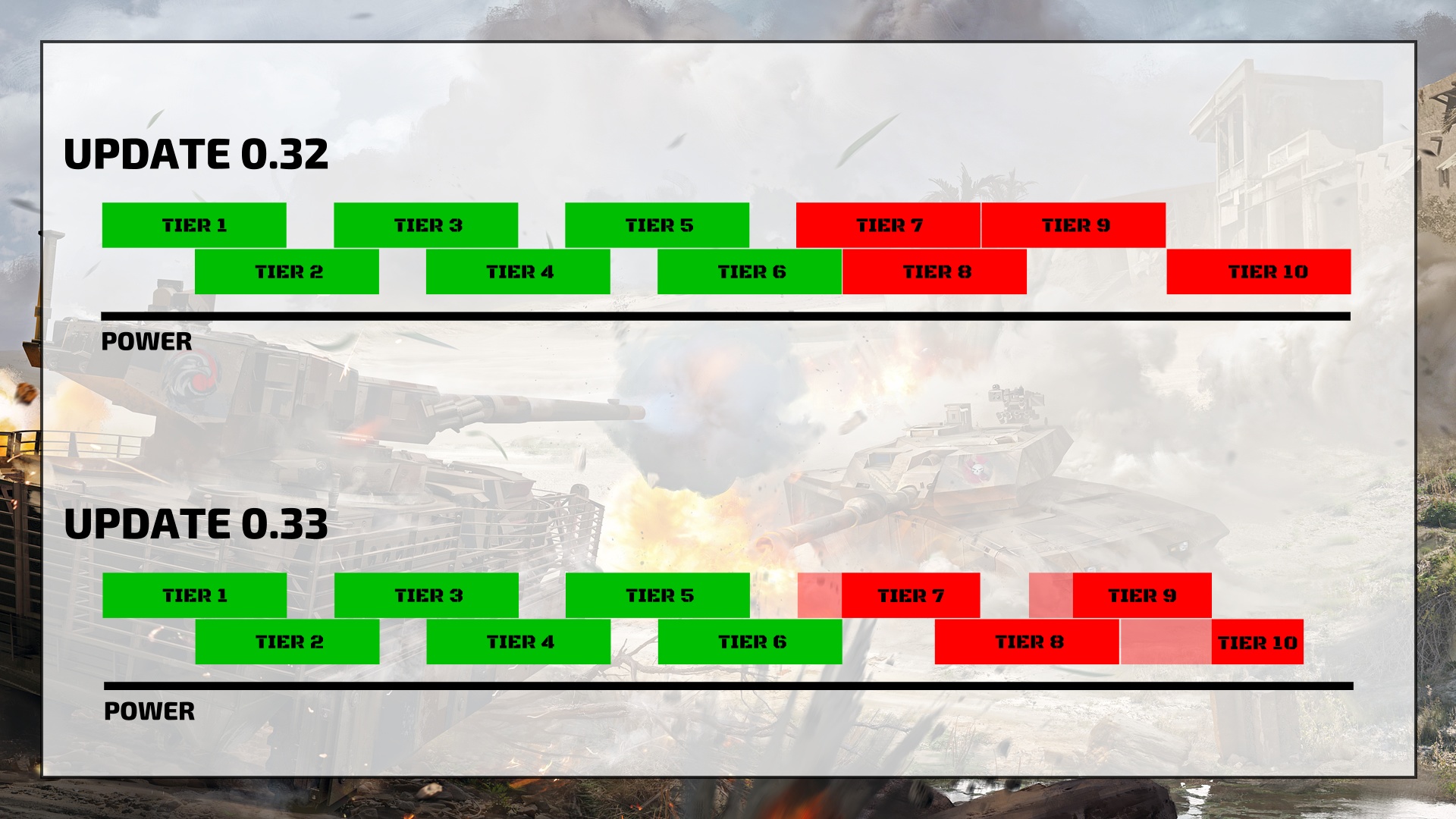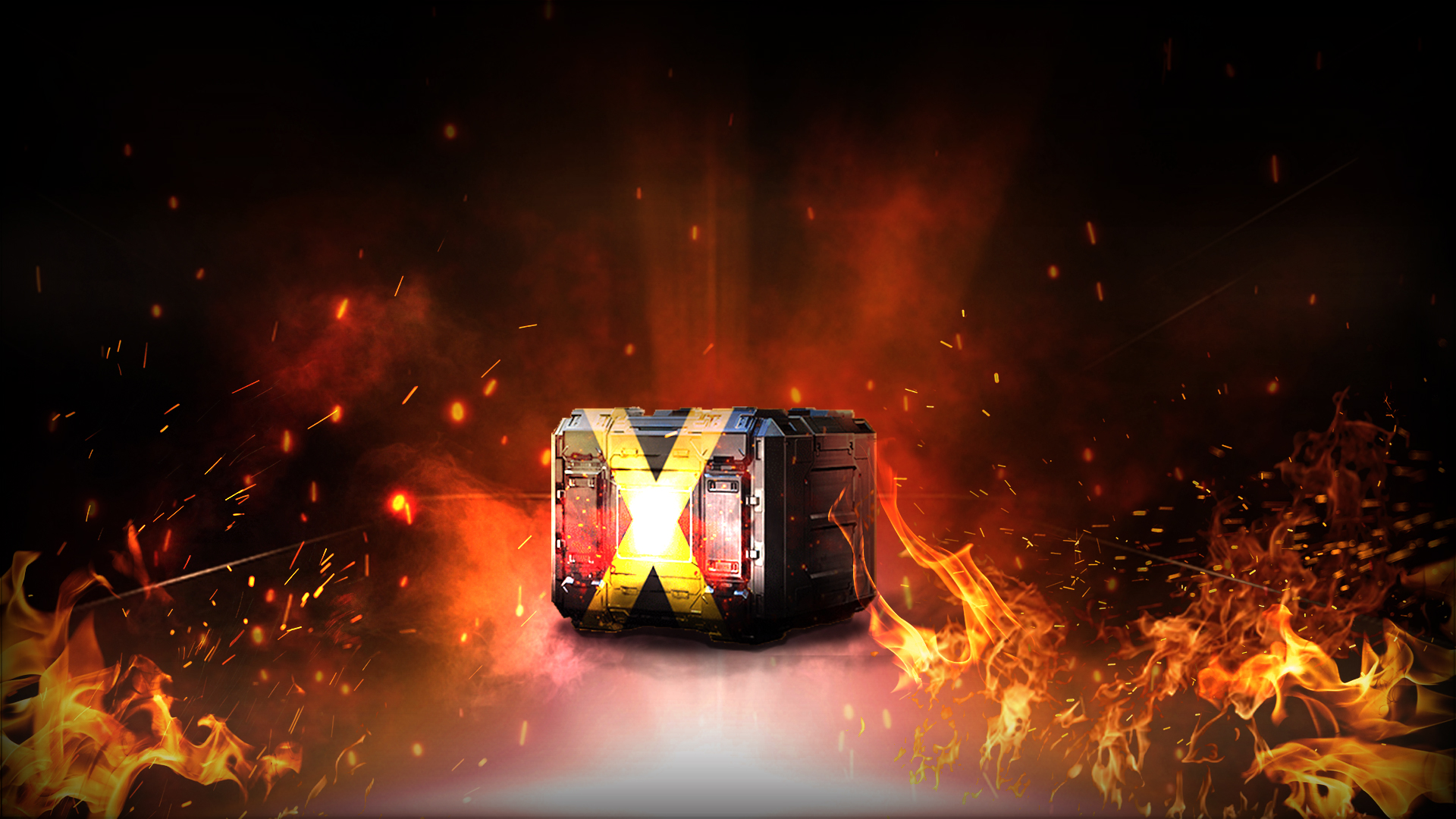
Jul 16, 2020
Armored Warfare - Silentstalker
Commanders!
Some time ago, we ran a limited test of the return of the Self-Propelled Guns to the Global Operations mode.
Following this test, we gathered your feedback and made adjustments to the class. And not only that – we made adjustments to the Global Operations mode itself, for example by reducing the amount of Air Raid wildcard appearances. With these changes in place, we are leaning towards permanently allowing this vehicle class to participate in Global Operations.
However, before we make that decision, we’d like to run one more test (that will take place between July 16 and July 23) and give you the opportunity to voice your feedback regarding this topic in the form below (which will become available after the launch of the test):
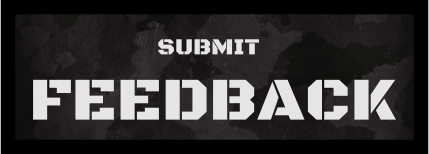
Please note that the form is available in English only and that you will need a Google account to submit your feedback in order to prevent any tampering with the results.
For more information about this topic, please visit our In Development article.
Let us also know what you think on Discord and, as always:
See you on the battlefield!
Some time ago, we ran a limited test of the return of the Self-Propelled Guns to the Global Operations mode.
Following this test, we gathered your feedback and made adjustments to the class. And not only that – we made adjustments to the Global Operations mode itself, for example by reducing the amount of Air Raid wildcard appearances. With these changes in place, we are leaning towards permanently allowing this vehicle class to participate in Global Operations.
However, before we make that decision, we’d like to run one more test (that will take place between July 16 and July 23) and give you the opportunity to voice your feedback regarding this topic in the form below (which will become available after the launch of the test):

Please note that the form is available in English only and that you will need a Google account to submit your feedback in order to prevent any tampering with the results.
For more information about this topic, please visit our In Development article.
Let us also know what you think on Discord and, as always:
See you on the battlefield!








